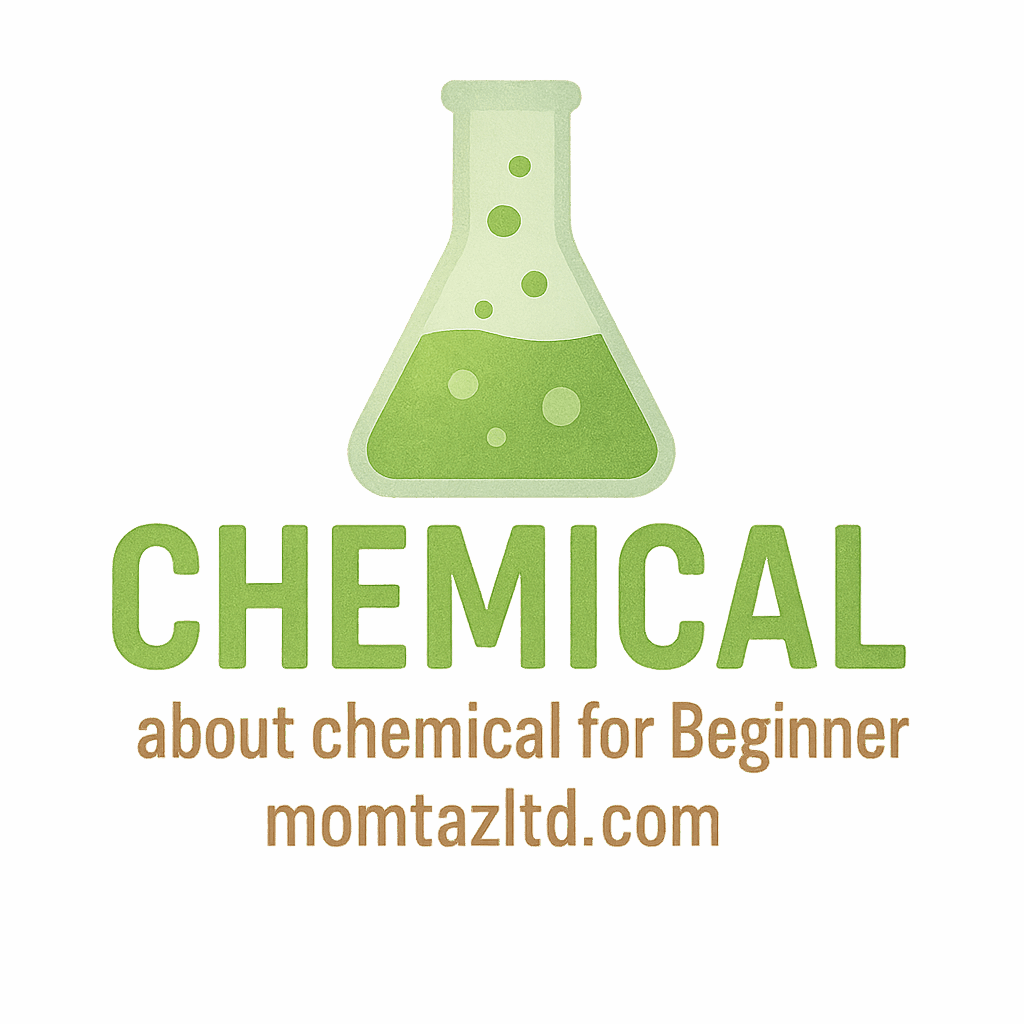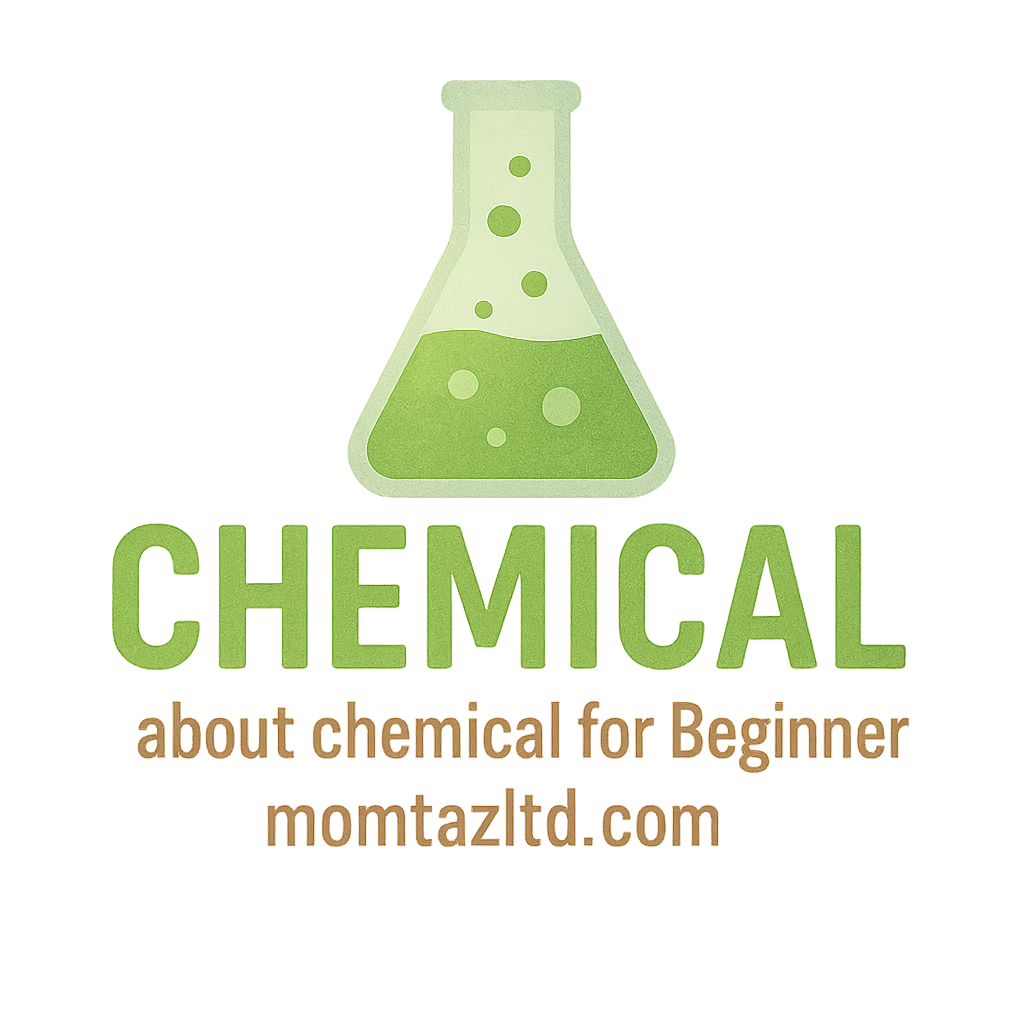Industrial chemical accidents can have devastating consequences for workers, the environment, and surrounding communities. While significant progress has been made in chemical safety over the years, there are still numerous tragic reminders of how hazardous chemicals, if not handled properly, can lead to catastrophic events. In this article, we will take a look at six infamous chemical accidents that reshaped industrial safety practices and what lessons we have learned from each.
Introduction to Industrial Chemical Accidents
Chemical accidents are unintended releases of hazardous substances, which can cause harm to people, the environment, and property. These accidents can happen in various industrial settings, including factories, refineries, storage facilities, and transport operations. With the increasing use of chemicals in industries such as manufacturing, agriculture, and pharmaceuticals, the risk of accidents remains prevalent. However, each major accident often leads to improved safety regulations and protocols, ultimately reducing the frequency of such events.
What Are Industrial Chemical Accidents?
Definition and Scope
An industrial chemical accident refers to any unplanned release of hazardous chemicals that result in damage or harm. These substances can be volatile, toxic, corrosive, or flammable, making their mishandling a serious concern for industrial facilities. The scope of such accidents includes both direct harm, such as injury or death, and indirect impacts like long-term environmental damage and public health risks.
How Do They Occur?
Chemical accidents generally occur due to human error, equipment failure, inadequate safety measures, or poor maintenance practices. In many cases, the underlying causes involve lapses in safety protocols, lack of training, or failure to recognize potential hazards. Over time, many of these accidents have led to stricter regulations and better chemical safety practices to prevent further disasters.
1. Bhopal Gas Tragedy (1984): A Catastrophe of Epic Proportions
Background of the Bhopal Disaster
On the night of December 2-3, 1984, one of the worst industrial chemical accidents in history occurred in Bhopal, India. A gas leak at the Union Carbide pesticide plant released a toxic cloud of methyl isocyanate (MIC) gas into the surrounding areas. Thousands of people died instantly, and tens of thousands more were injured by the exposure to the deadly chemical. The immediate aftermath of the Bhopal disaster left a permanent scar on the local population, with long-term health issues continuing for years.
The Causes Behind the Bhopal Tragedy
The Bhopal gas leak was the result of several factors, including poor maintenance, human error, and inadequate safety measures. The plant had not been properly maintained, and safety equipment like the MIC tank’s refrigeration system had been turned off due to cost-cutting measures. Additionally, operators were not sufficiently trained to handle emergencies.
Lessons We Learned from Bhopal
The Bhopal tragedy highlighted the need for stricter safety protocols in the chemical industry. Key lessons included the importance of routine maintenance, proper safety equipment, and adequate worker training. It also led to the development of more comprehensive chemical safety laws worldwide, including the establishment of regulations like the Chemical Safety and Hazard Investigation Board (CSB) in the United States.
2. Deepwater Horizon Oil Spill (2010): A Chemical Disaster at Sea
What Happened during the Deepwater Horizon Spill?
On April 20, 2010, the BP-operated Deepwater Horizon offshore oil drilling rig exploded in the Gulf of Mexico, leading to one of the largest environmental disasters in history. The explosion killed 11 workers and caused a massive oil spill that released millions of barrels of crude oil into the ocean. The chemicals involved, including benzene and other toxic compounds, spread across thousands of miles of coastline.
Environmental and Chemical Impact
The chemical impact of the Deepwater Horizon spill was devastating. Benzene and other hydrocarbons found in crude oil are highly toxic to marine life, and the spill caused significant damage to the Gulf’s ecosystem. The spill affected marine animals, fish, and birds, leading to long-term environmental degradation in the region.
Key Takeaways from the Deepwater Horizon Disaster
The Deepwater Horizon disaster emphasized the need for better risk management in offshore oil drilling. It also brought attention to the necessity of faster response times and improved safety measures, particularly in high-risk industries. Additionally, the disaster reinforced the importance of chemical safety in offshore environments.
3. Texas City Refinery Explosion (2005): Industrial Chemical Safety Gone Wrong
How the Texas City Explosion Unfolded
On March 23, 2005, an explosion occurred at the BP refinery in Texas City, Texas. The explosion killed 15 workers and injured over 170 others. The accident was the result of a series of errors, including improper maintenance, poor safety practices, and failure to recognize potential hazards in the facility’s operations.
The Chemical Safety Issues Involved
The explosion was caused by the overfilling of a distillation tower, which led to a large release of flammable chemicals. The facility had known issues with its equipment, but these problems were not addressed, leading to the tragic event. The failure to follow standard safety protocols contributed to the explosion’s severity.
What We Can Learn from Texas City Refinery Explosion
The Texas City explosion demonstrated the importance of rigorous safety audits, thorough training programs, and continuous monitoring of industrial facilities. BP was later fined for violations of safety regulations, and the incident led to increased scrutiny of refineries and stricter safety measures across the industry.

4. Exxon Valdez Oil Spill (1989): A Chemical Mishap in the Arctic
The Events Leading to the Exxon Valdez Disaster
On March 24, 1989, the Exxon Valdez oil tanker struck a reef off the coast of Alaska, releasing approximately 11 million gallons of crude oil into Prince William Sound. The spill was one of the largest in U.S. history, and it caused extensive damage to the local environment, killing thousands of marine animals and birds.
The Aftermath of the Exxon Valdez Spill
The Exxon Valdez spill caused long-lasting environmental damage, especially to marine life. The chemicals in crude oil are toxic to fish, birds, and other marine organisms. Despite efforts to clean up the oil, much of it remained in the environment for years, affecting the ecosystem.
Major Lessons from the Exxon Valdez Accident
The Exxon Valdez disaster led to significant changes in tanker safety regulations. The Oil Pollution Act (OPA) was passed in the wake of the spill, establishing stricter standards for oil spill response and prevention. It also raised awareness about the environmental impact of chemical spills and the need for immediate action.
5. Port of Tianjin Explosions (2015): A Chemical Disaster in China
The Chain of Events at Tianjin Port
In August 2015, a series of explosions occurred at a chemical warehouse in the Port of Tianjin, China. The explosions were triggered by the improper storage of hazardous chemicals, including sodium cyanide and other flammable substances. The blasts killed over 170 people and caused extensive property damage.
The Hazardous Chemicals Involved
The chemicals involved in the Tianjin explosions were extremely hazardous and volatile. Improper storage of these substances, combined with inadequate safety measures, led to the massive explosions. The presence of toxic chemicals in the environment further compounded the disaster’s impact on public health and the surrounding area.
The Key Learnings from the Tianjin Explosions
The Tianjin explosion underscored the critical importance of proper chemical storage and safety procedures. It highlighted the need for improved regulations surrounding the storage of hazardous chemicals and the implementation of regular safety audits and inspections in chemical facilities.
6. Sarnia Chemical Explosion (2004): A Deadly Chemical Accident in Canada
What Happened at the Sarnia Chemical Plant?
On August 12, 2004, a chemical explosion occurred at a plant in Sarnia, Ontario, Canada. The explosion was caused by the improper handling of hydrogen and other chemicals during maintenance work. The explosion killed two workers and injured several others.
The Role of Improper Chemical Handling
The Sarnia explosion was a direct result of the failure to follow proper chemical handling procedures. The chemicals involved, including hydrogen, were highly volatile and required careful handling during maintenance operations. Poor safety practices contributed to the deadly blast.
The Vital Takeaways from Sarnia’s Tragic Event
The Sarnia explosion highlighted the importance of strict adherence to chemical handling protocols. It also emphasized the need for comprehensive training for workers involved in high-risk processes and the implementation of preventative measures to avoid similar incidents.
What Can Be Done to Prevent Future Chemical Accidents?
Importance of Chemical Safety Regulations
The lessons learned from these accidents have resulted in the implementation of stricter chemical safety regulations worldwide. These regulations are designed to prevent accidents, mitigate their impact, and ensure a safe working environment for employees.
Role of Chemical Education and Training
Education and training are key to preventing chemical accidents. Workers must be thoroughly trained to handle hazardous chemicals and respond effectively in emergencies. Safety protocols must be drilled regularly to ensure that they become second nature in high-risk environments.
Technological Advances in Accident Prevention
Advances in technology, such as automated safety systems, chemical detection sensors, and remote monitoring, have made industrial processes safer. These innovations help to prevent accidents before they happen by identifying hazards and providing early warnings.
Conclusion
Industrial chemical accidents have taught us many painful lessons over the years. While the accidents discussed in this article were tragic, they have ultimately led to significant improvements in safety standards and regulations. By learning from past mistakes, we can continue to enhance the safety of industrial operations and prevent future disasters.
Frequently Asked Questions (FAQs)
- What caused the Bhopal disaster?
- The Bhopal disaster was caused by a gas leak of methyl isocyanate due to poor maintenance and inadequate safety measures at the Union Carbide pesticide plant.
- What are the key lessons from the Deepwater Horizon spill?
- The main lessons include the importance of risk management, the need for improved response times, and the importance of safety regulations in offshore drilling.
- How did the Texas City refinery explosion occur?
- The explosion occurred due to overfilling a distillation tower and improper safety procedures at the BP refinery.
- What was the impact of the Exxon Valdez spill?
- The Exxon Valdez spill caused extensive environmental damage to marine life and resulted in the passage of the Oil Pollution Act (OPA) in the U.S.
- What happened at the Tianjin Port explosions?
- The explosions at Tianjin Port were caused by the improper storage of hazardous chemicals, which led to a series of blasts, killing many and causing environmental damage.
- How can chemical accidents be prevented?
- Chemical accidents can be prevented through stringent safety regulations, comprehensive training, regular audits, and the use of technology for hazard detection.
- What is the role of chemical safety in industrial settings?
- Chemical safety ensures that harmful substances are managed properly to prevent accidents and safeguard both workers and the environment.


